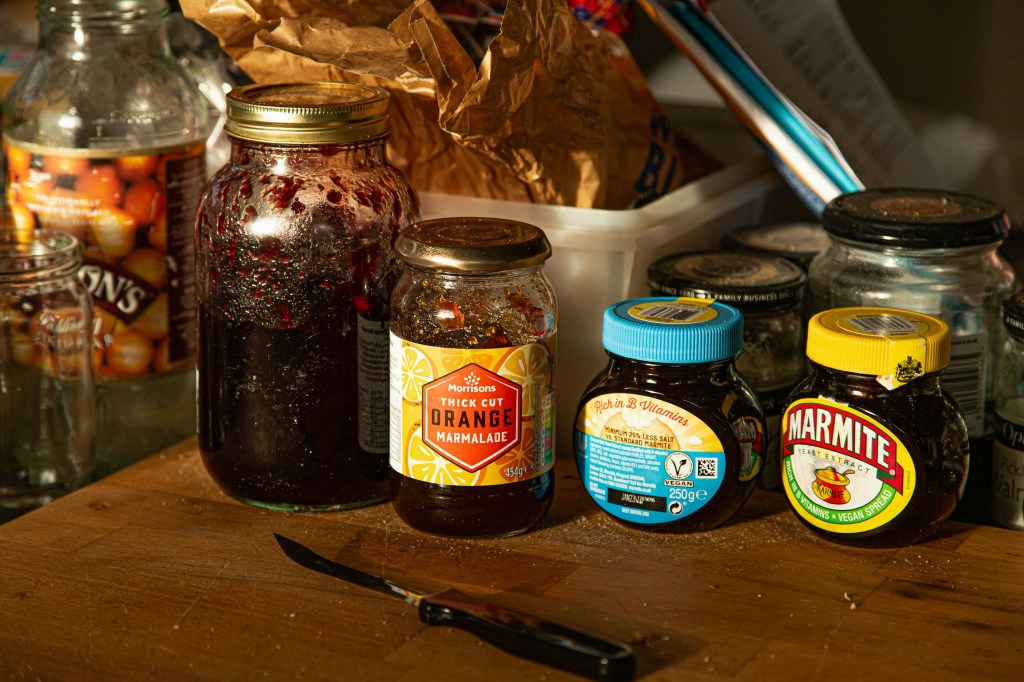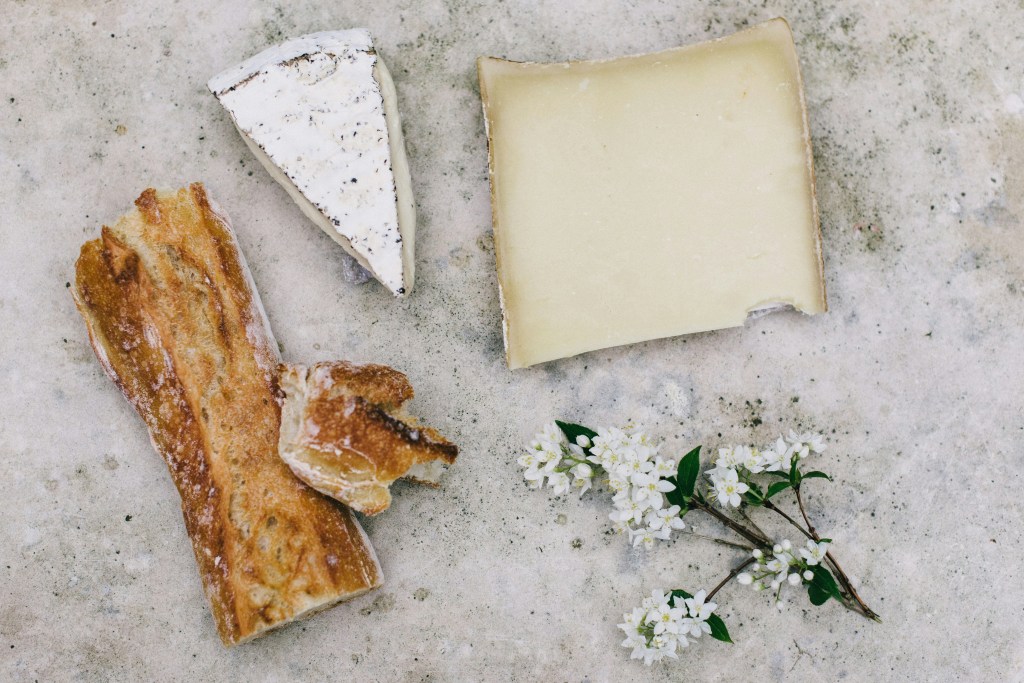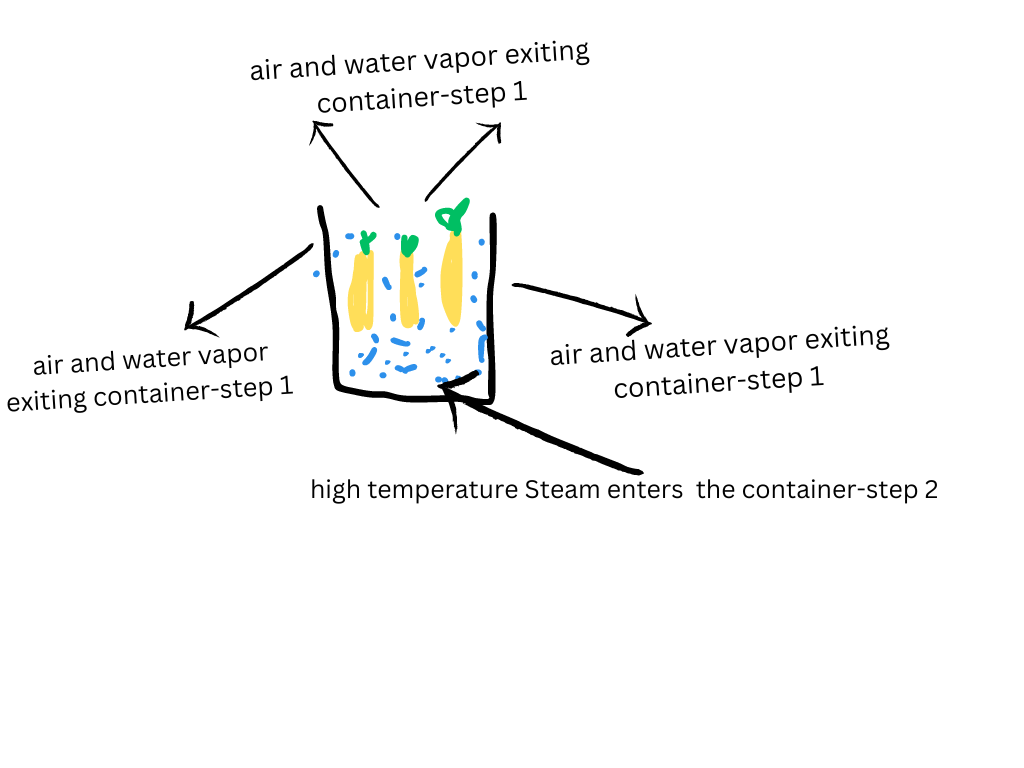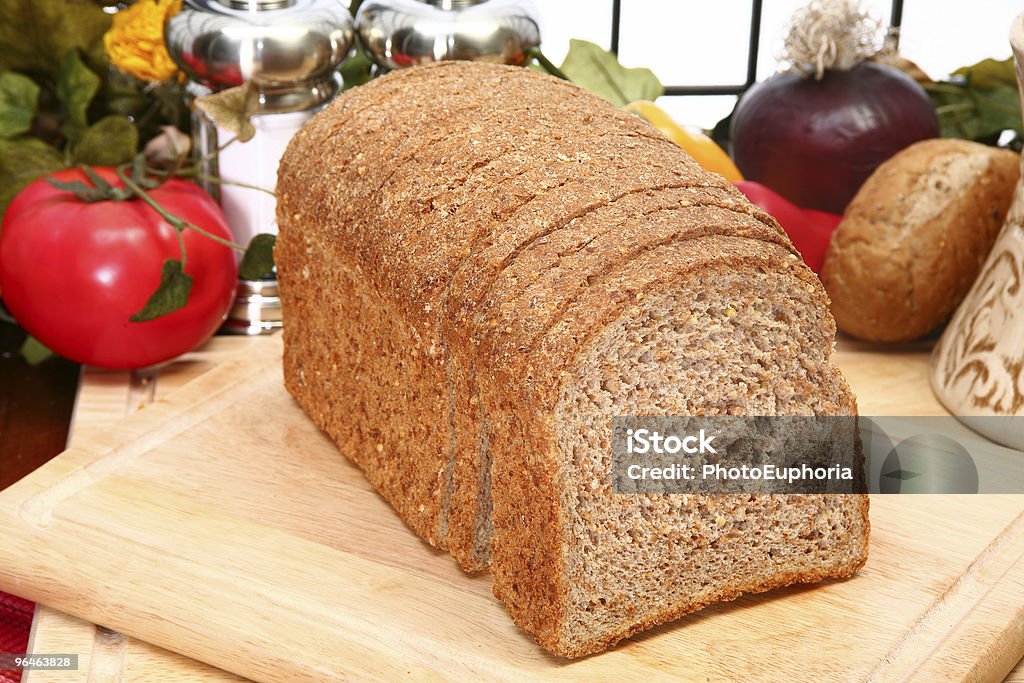Is there a need for a change in sustainable policies to meet consumer needs?
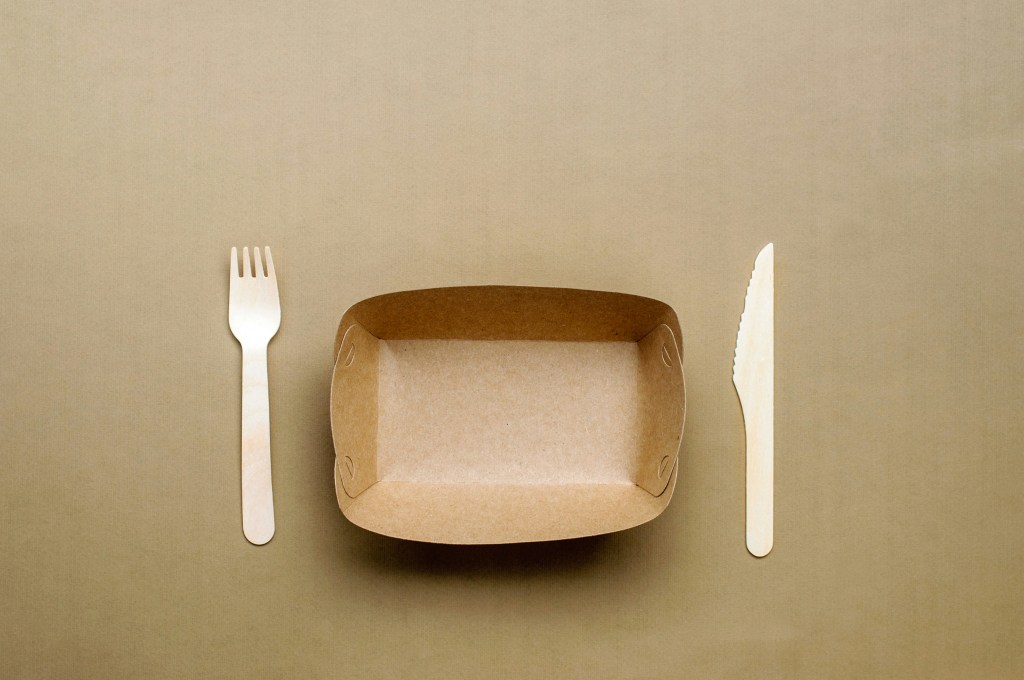
Image credit: unsplash

Image credit: Toa Heftiba on Unsplash
Consumers and governments are shifting policies, ideas, and innovations to save the environment with sustainable practices. One of the practices is the concept of sustainable packaging, and its importance in reducing waste and greenhouse gas emissions.
Sustainable packaging is made of eco-friendly materials such as bamboo, recycled cardboard, seaweed, and organic textiles. The article provides different options in daily life, which are great, like using packaging for christmas presents.
To add here, my previous blog talks about sustainable packaging and different innovations. Other sustainable trends to watch out for this year; design for recyclability, replacing plastic with innovation materials, and compostable, or biodegradable packaging. The article talks about the importance of changing ink, and combining premium quality with sustainability. I find this interesting, as well as important to help the planet.
Continue reading

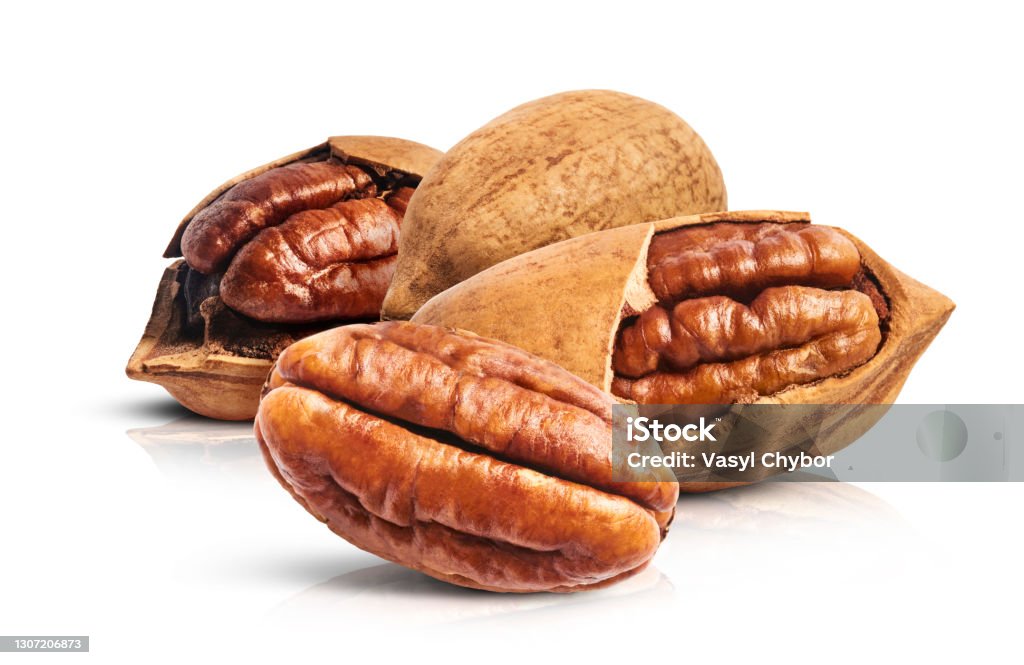
 .
.